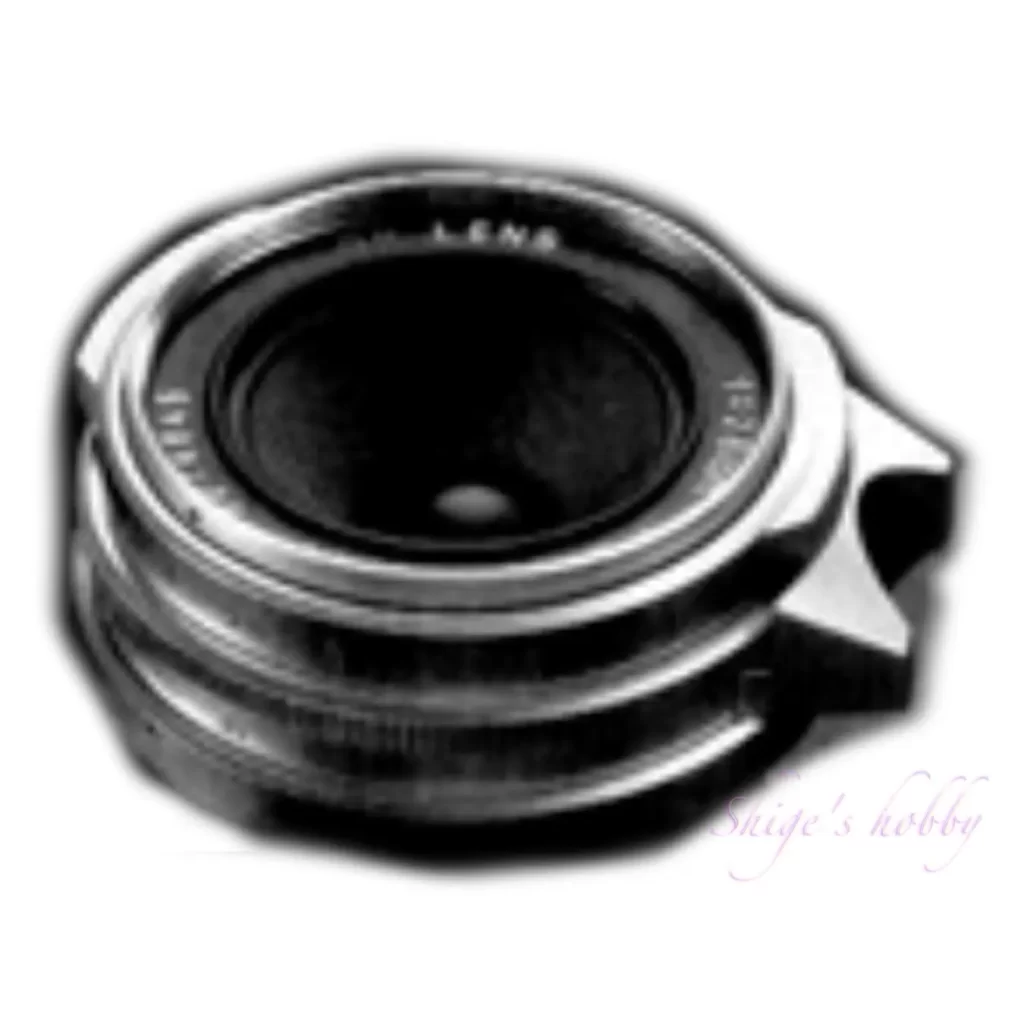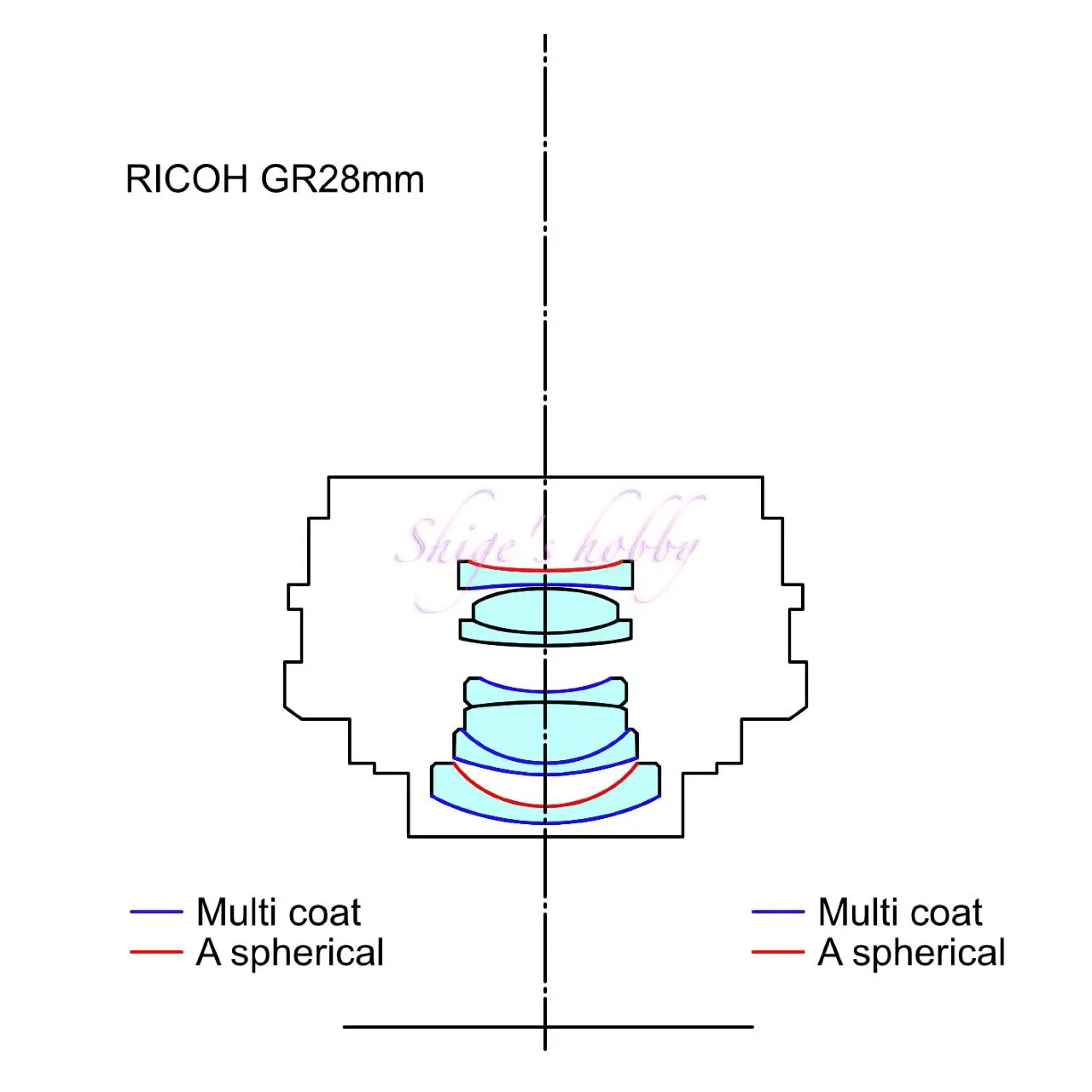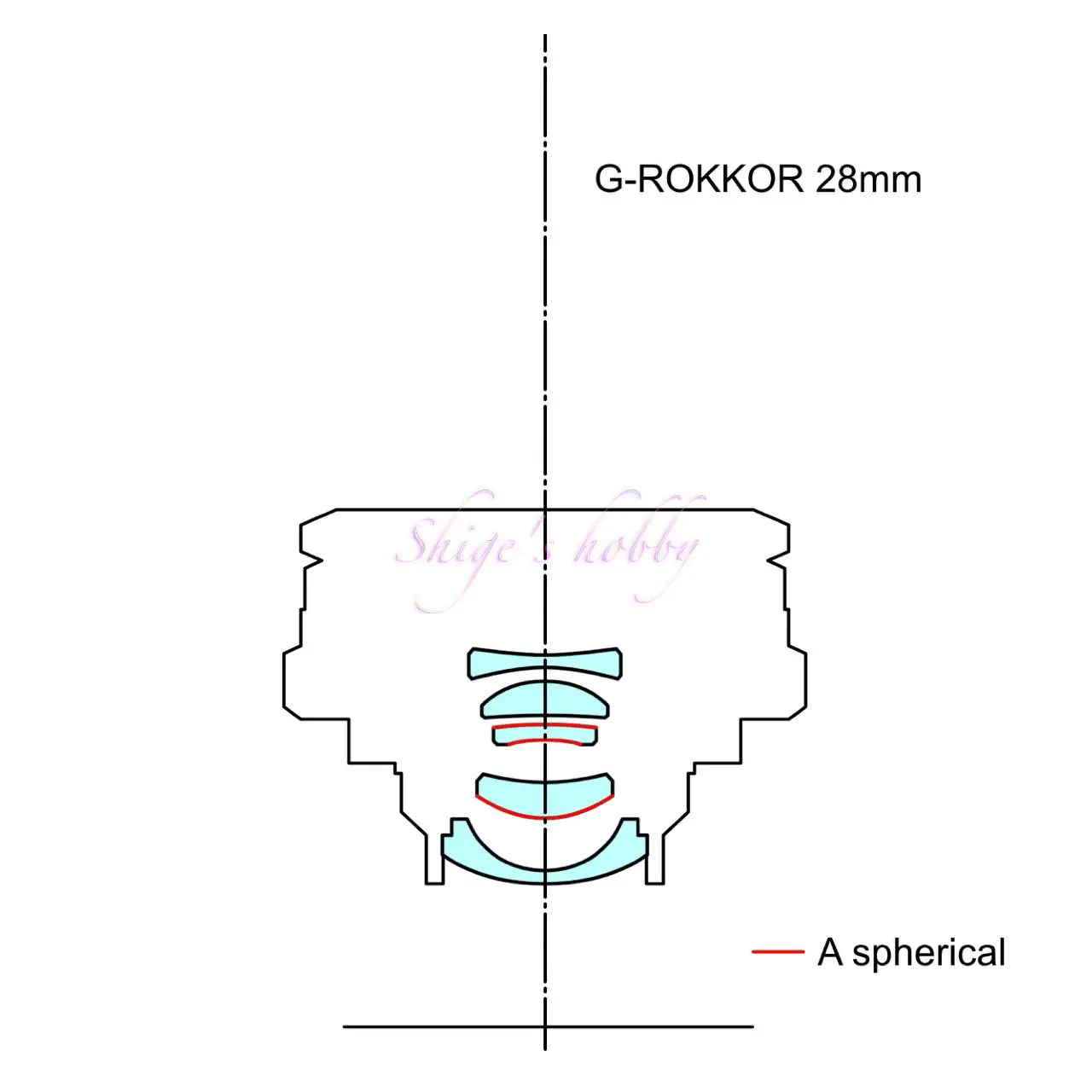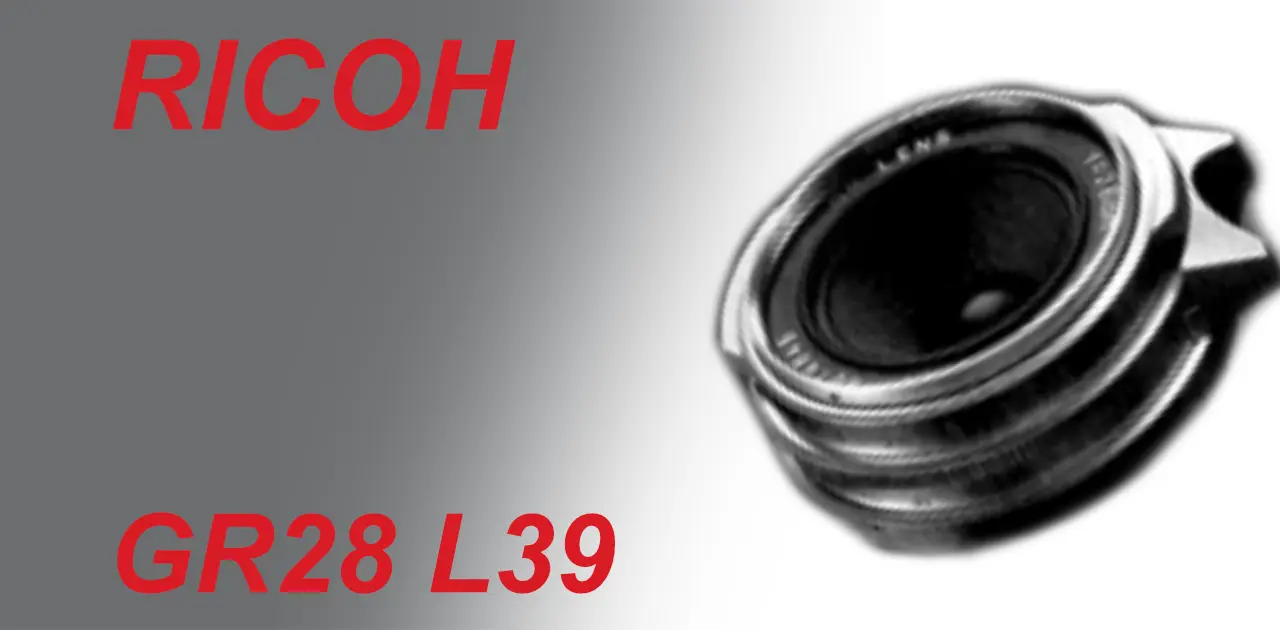Last updated on 2025-07-03
A review and photo examples of the RICOH GR 28mm L39 screw mount lens used with the HEXAR-RF, LEICA M8.2, and EPSON R-D1.
- Please see the disclaimer regarding advertising here.
- Italicized links in the text are advertisement links that take you to other sites.
Table of contents
Gallery
- The following cameras were used to take the example photos:
- HEXAR-RFとFortia50
- LEICA M8
- EPSON R-D1
Review

1.Overview
The GR 28mm is one of the lenses released by RICOH for the L39 screw mount.
It is a lens repurposed from the GR1 film camera.
It has 9 glass elements in 6 groups packed into a brass lens barrel with a total length of 23 mm and weighs 180g.
If purchased in its entirety, it comes with a circular screw-on hood, a front cap with the GR logo to cover the hood, and a 28mm viewfinder.
2.Usage
The GR 28mm’s depiction is no problem for a film camera. Although not as bad as the GR 21mm, the depiction of the light falloff at the periphery is dramatic. It depicts images with the resolution of a film from the widest aperture. The resolution increases when the aperture is narrowed.
I have only used digital cameras up to the EPSON R-D1 and LEICA M8, and in the case of APS-C and APS-H size sensors, the peripheral areas that are problematic with digital cameras are cropped, so there is no roughness that tends to appear at the periphery of the image.
I got rid of it around the time I got the LEICA M9, so I cannot evaluate the depiction of the 35mm full-size sensor.
The helicoid feels smooth and turns comfortably, and if it is loose, it is likely that the grease has been removed.
Also, since it is a lens with many bonded surfaces, some lenses have balsam cracks and become cloudy due to aging.
This is a phenomenon that is often seen in old lenses, and there are very few companies that will repair bonded surfaces, so you need to check the condition carefully before purchasing.
3.Summary
In conclusion, to sum up the GR 28mm, if you want to use it with a Leica rangefinder camera, you will need the L39 mount version, and if the price is reasonable and the lens is in good condition, it is worth considering purchasing.
However, despite the issue of fogging, the GR 28mm tends to be traded at a high price regardless of condition due to the small number of lenses available, so if the lens is in poor condition, it is best not to force yourself to purchase it.
Also, since this lens is basically designed for film cameras, if you just want to enjoy the image quality of the lens, you may want to consider purchasing the GR1 film camera.
Specification and Competitor
As a lens similar to the GR 28mm, the G-Rokkor 28mm, which was adapted from the MINOLTA TC-1, comes to mind.
Both lenses were adapted from lenses for compact cameras, and a common feature is the compact lens barrel.
Both lenses have a modern design that uses aspherical lenses. However, because they are lenses for film, they can be difficult to use with digital cameras.


| Item | GR 28mm | G ROKKOR 28 |
| focal length(mm) | 28 | 28 |
| Maximum aperture | 2.8 | 3.5 |
| Minimum aperture | 16 | 22 |
| Leaf blade | 10 | 9 |
| Lens configuration | 7 elements in 4 groups | 5 elements in 5 groups |
| Minimum distance(m) | 0.7 | 0.8 |
| Lens length(mm) | 23 | 19.5 |
| Lens max diameter(mm) | 49.5 | 51 |
| Filter type | 40.5 | 40.5 |
| Weight(g) | 180 | 110 |
| Hood | Trumpet type, screw-in | Trumpet type, screw-in |
| Lens mount | L39 screw | L39 screw |
| Release date | 1997 | 1998.9 |
| Production numbers | 3000 (Black黒:1000) (Silver:2000) | 2000 |
| Price | ¥98,000 | ¥110,000 |
Reference links
- Leica Lenses of the World Part2 (P104,P106) (Japanese lens introduction book)
- G ROKKOR 28・Shige’s hobby
Update history
- 2025.5.10
- 2024.12.15
- 2024.02.23
- 2023.10.17
Affiliate
- Please see the disclaimer regarding advertising here.
- Italicized links in the text are advertisement links that take you to other sites.
- RICOH CAMERA・Ads by Amazon
- RICOH books・Ads by Amazon



Be First to Comment